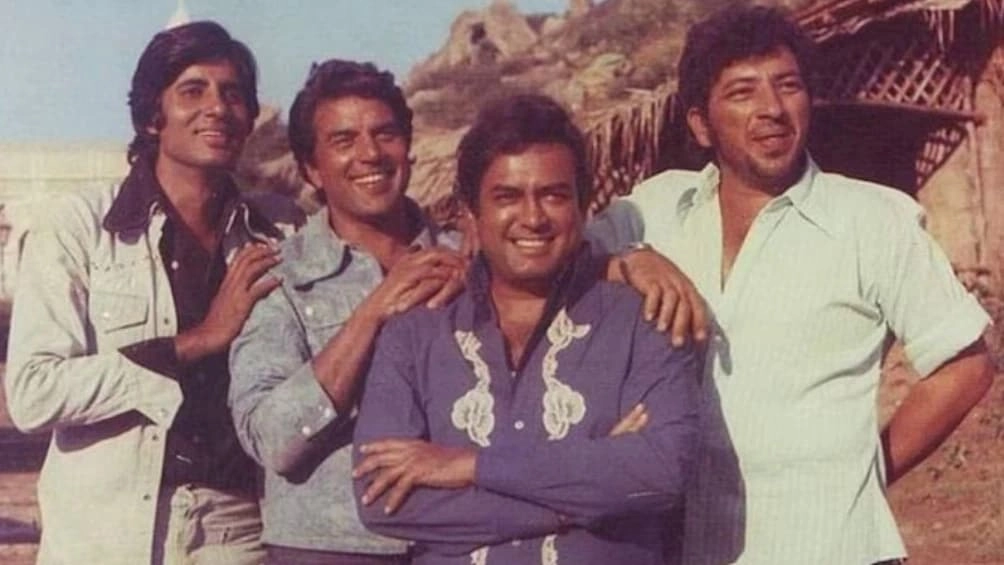During a recent screening of the iconic film “Sholay” at Minerva Theatre in Mumbai, an unexpected technical glitch occurred when the screen suddenly went dark. This moment could have disrupted the experience for the audience, but director Ramesh Sippy, who was present for the screening, quickly stepped in to manage the situation with poise and charisma. Known for his directorial prowess and understanding of audience dynamics, Sippy turned what could have been an awkward moment into an engaging interaction with the viewers.
As the audience sat in anticipation, unsure of whether the screening would resume, Ramesh Sippy took the opportunity to share anecdotes and insights from the making of “Sholay.” His stories brought the audience closer to the film’s legacy, highlighting the challenges faced during production and the creative decisions that shaped the film into the classic it is today. This impromptu storytelling session not only entertained the audience but also reinforced the deep connection between the filmmaker and his fans, reminding them of the timeless nature of the film.
The incident also sparked discussions among the audience members about their favorite scenes and characters from “Sholay.” Many reminisced about the film’s impact on Indian cinema, its memorable dialogues, and the performances of actors like Amitabh Bachchan and Dharmendra. Sippy’s presence and willingness to engage with the crowd created a unique atmosphere, transforming a potential disruption into a celebratory moment of nostalgia and appreciation for the film’s enduring legacy.
In the end, the darkened screen became a catalyst for a memorable experience, showcasing how a seasoned director like Ramesh Sippy can turn challenges into opportunities for connection and engagement. The screening not only reaffirmed the film’s status as a cultural touchstone in Indian cinema but also highlighted the importance of community and shared experiences in the world of film. Such moments remind us that cinema is not just about the visuals on the screen, but also about the stories, emotions, and connections that bind audiences together.




